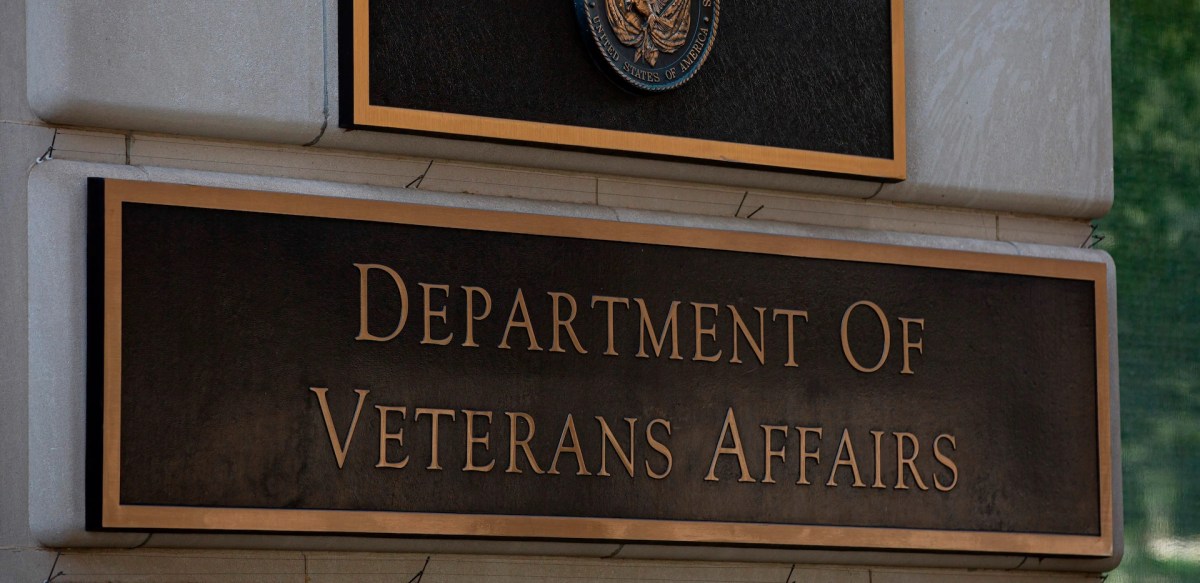Trump budget offers big increase to VA’s EHR effort, cuts to agency IT systems

The Department of Veterans Affairs’ troubled Electronic Health Record Modernization effort would get a significant funding boost under a fiscal 2026 “skinny” budget proposal from the White House that also takes a big bite out of the agency’s IT systems.
The EHRM, whose perpetually plagued rollout has been chronicled in congressional testimony and in various watchdog reports, would be provided with a $2.17 billion funding increase in President Donald Trump’s budget, per a summary document released Friday.
“VA’s EHRM effort is moving the Department from a decades-old legacy system to a modern system that is interoperable with DOD and other Federal partners,” the document states, “as well as participating community care providers, allowing clinicians to easily access a veteran’s full medical history anywhere they seek care.”
The VA announced in March that it will have implemented the EHR in 13 facilities by 2026, with the possibility of deployment at all VA health systems as early as 2031. That followed a decision in 2023 to pause the system’s implementation to renegotiate the contract with its developer Oracle Cerner and account for safety concerns.
Friday’s budget summary claimed the VA’s EHRM rollout “had stalled under the Biden administration” but is a “top priority effort” for Secretary Doug Collins.
The VA during the first Trump administration in 2018 awarded the contract for the EHR overhaul as a 10-year, $10 billion project, but the estimated costs for implementation have since skyrocketed.
The broader information technology side of the VA’s house doesn’t fare so well in Trump’s budget. The president calls for a $493 million reduction to VA IT systems, more than 1,000 of which are “distinct” and many of which are “legacy,” according to the document.
The IT cuts comport with Trump’s enlisting of Elon Musk’s so-called Department of Government Efficiency “to work with Agency Heads to improve the quality and efficiency of Government software and IT systems,” the document states. A pause on the procurement of new IT systems would go into effect until DOGE can conduct a “full review,” per the summary, with an eye on spending cuts via duplicative legacy tech.
DOGE’s infiltration of VA IT systems during the early days of the Trump administration — which came at a time when the agency had laid off more than 1,000 staffers — drew a strong rebuke from congressional Democrats.
In a letter sent to Collins in February, five Senate Appropriations Committee Democrats asked for the names of DOGE representatives who had visited department facilities and for a list of all VA data, databases and IT systems that the Musk underlings either accessed or requested to access.
“Senators, veterans, and members of the public have serious concerns regarding Mr. Musk’s extraordinary and unprecedented activities and the lack of transparency surrounding them, including his potential access to and handling of sensitive or personal information,” the lawmakers wrote.
Despite Democratic protestations, Trump’s budget release indicates that DOGE is here to stay. On a call with reporters Friday, a senior Office of Management and Budget official said the White House is “joined at the hip with DOGE.”
“We have a very close partnership with them,” the official continued. “We have been rooting them on, learning from what they have found, building those into the programs that we kind of always have viewed as wasteful, and making sure that we have figured out, OK, if they find savings, what year is it counted towards? And we’re very, very linked up with them.”
The overall budget from the Trump White House slashes non-defense discretionary spending by $163 billion — a 23% reduction from 2025 levels — and boosts defense spending by 13%. A fact sheet released by OMB is littered with references to Trump’s targeting of “woke” programs and “weaponized” government.






